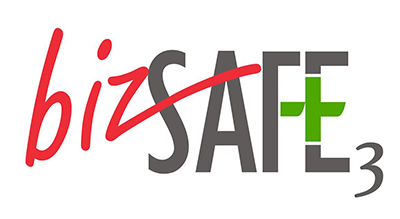Smart 2025 Design Trends for Landed Properties in Singapore
Luxurious living is now redefining Singapore’s landed property market. Homeowners of landed properties in Singapore demand spaces that provide innovation, sustainability, and well-being, not just flashy finishes.
More than ever, with 2025 fast approaching, the design and construction of properties are considered green, efficient, and calming abodes through smart home systems, eco-friendly materials, and wellness-centric designs. Some other trends include solar roof overlays and biophilic indoor gardens so that lavish comfort is on an equal footing with Mother Earth.
At Renozone, we offer bespoke renovations that elegantly unify technology and grace, enriching your lifestyle while honouring our planet.
Redefining Luxury with Hyper-Connected Smart Homes
Singapore’s vision for the Smart Nation will shift landed properties from eminent estates to innovative green luxury homes.
Hyper-connected smart homes will redefine future lifestyles by 2025 with highly advanced internal systems to control lights, climate, and security through voice or smartphone commands. Such developments often feature private glass lifts and solar panels, which go towards reducing carbon footprints. At the same time, these landed projects leverage smart internal systems like Amazon Alexa to streamline daily routines.
Smart thermostats could learn from occupancy patterns and provide the best cooling for an area. Lighting would be Zigbee enabled, with automatic switching off of unoccupied rooms, thus saving energy in bills and conducting business toward Singapore’s sustainability goals.
Security enhancement with biometric locks and AI-powered cameras complements motion sensors, remotely monitoring and giving peace of mind. Flexible space usage transforms effortlessly with moving partitions and smart hubs, which can change which spaces become an amenity, such as turning home offices into entertainment using a command.
The smart home market will grow to 1.5 million households by 2028. These modernisation techniques will raise the standard of living due to the fusion of traditionally connected efficiency and eco-friendly methods.
Designing with Sustainability Principles
Singapore is putting forth its grand plans in the 2030 Green Plan to allow various landed property designs as part of all the commitments made in future sustainable landscapes of 2025. These designs will consider the sustainability element in an architectural paradigm that embodies innovation as much as environmental stewardship.
No longer is it about thriving in luxury at the expense of nature; today’s luxury is living with eco-concerns in harmony with comfort, efficiency, and responsibility.
Certifications & Smart Materials
In collaboration with global recognition from LEED certifications, the Building and Construction Authority (BCA) of Singapore set the predominant parameters for landed homes, translating into a demand for energy-efficient layouts, passive cooling, and low-carbon materials.
Consider funding for renewable resources like reclaimed teak, recycled steel, and bamboo flooring, which are durable alternatives that lessen reliance on virgin resources. Integrating nature into architecture with green roofs and vertical gardens can also mitigate the urban heat effect.
Energy & Water Innovation
Solar panels will break into renewed energy hubs by bringing in renewables from rooftops with the influence of government incentives and net metering. Now, incorporate smart home systems with LED lighting to create a living environment that uses energy judiciously. Next is the capture of water: rainwater harvesting (PUB-approved for irrigation and washing) and greywater recycling will soon become routine, reducing reliance on potable supplies.
Community-Centric Design
In the year 2025, beyond individual homes, the trend for the commons will involve green spaces and pedestrian-friendly neighbourhoods that promote the healthy spirit of the community. Developments that embody such a philosophy harmonize sky gardens and rainwater recycling with stunning aesthetics.
The Future Is Holistic
It is not merely technology. It is a way of thinking. House owners want neighbourhoods that include biodiversity-friendly landscaping, strategic shading, and natural ventilation and, finally, create ecosystems for self-sustainability.
As Singapore now infers luxury with sustainability, landed properties evolve into, yes, still transforming sanctuaries where eco-conscious decisions can benefit both lifestyle and legacy.
Incorporating Biophilic Elements for Nature-Infused Living
Biophilic design is not living as an indulgence in landed properties in Singapore- it’s an experience steeped in lifestyle change toward well-being and sustainability. Homeowners create spaces that nurture the senses by weaving nature into homes while relieving stress. This complements Singapore’s tropical character.
Below are the elements you put in your home to adopt this trend of transformation:
Light, Air, and Organic Views
Maximise natural light with skylight roof or floor-to-ceiling windows that frame verdant gardens or sky terraces. Ventilating skylights create the perfect balance between reducing reliance on AC and inviting breezes by opening up lots of light. These tools also cut from glare and absorption of heat, as well as preserve privacy for optimal window placement. Instead, curved modular designs for flat roofs add a bit of drama while flooding the interiors with sunlight.
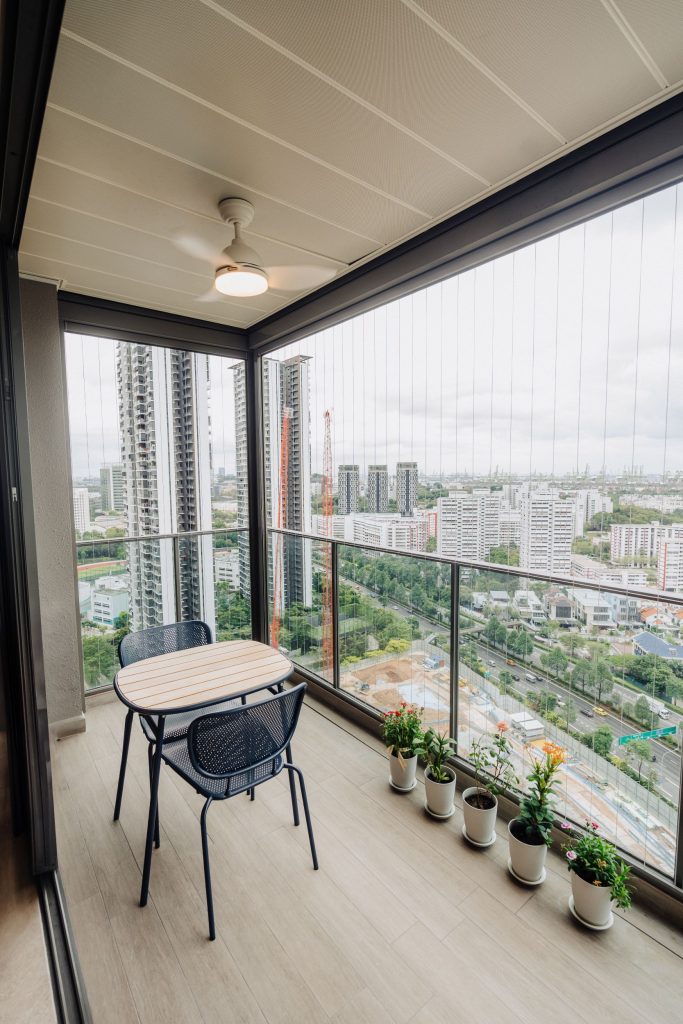
Vertical Greenery & Native Flourish
Polished and stunning indoor vertical garden Compact indoor gardens make minimum use of space while merging aesthetics with functionality. Living walls of ferns or orchids purify the air; preserved moss installations lend elegant yet low-maintenance beauty. Native species like Bird’s Nest Ferns thrive in humid atmospheres and support biodiversity.
Companies such as Vertical Green customise space for their systems, from sleek felt pockets to AI-moderated irrigation that guarantees greenery remains vibrant with minimal effort.
Textures That Tell a Story
Raw materials flooring, stone accents, and bamboo screens offer the interiors an organic warmth. These natural materials age well with grace and develop character, with thermal comfort being the icing on the cake. Complement biomorphic curves in furniture or art to reflect nature’s asymmetric attributes and create a sense of peace.
Water’s Serenade
Bathe tranquil, soothing sounds by reflecting pools or tabletop fountains from the cacophonies of urban noise. Native aquatic plants like Water Lettuce would also provide ecological harmony. Features like this would also offer micro-habitats to dragonflies or birds, enriching the garden’s dynamic.

Sensory Harmony
Layered textures, scents, and sounds: an array of rattan, perfumed Frangipani blooms, or rustling bamboo chimes. This passive natural ventilation, such as windcatchers, ensures smooth airflow while drastically reducing energy costs—perfect for a tropical climate like Singapore.
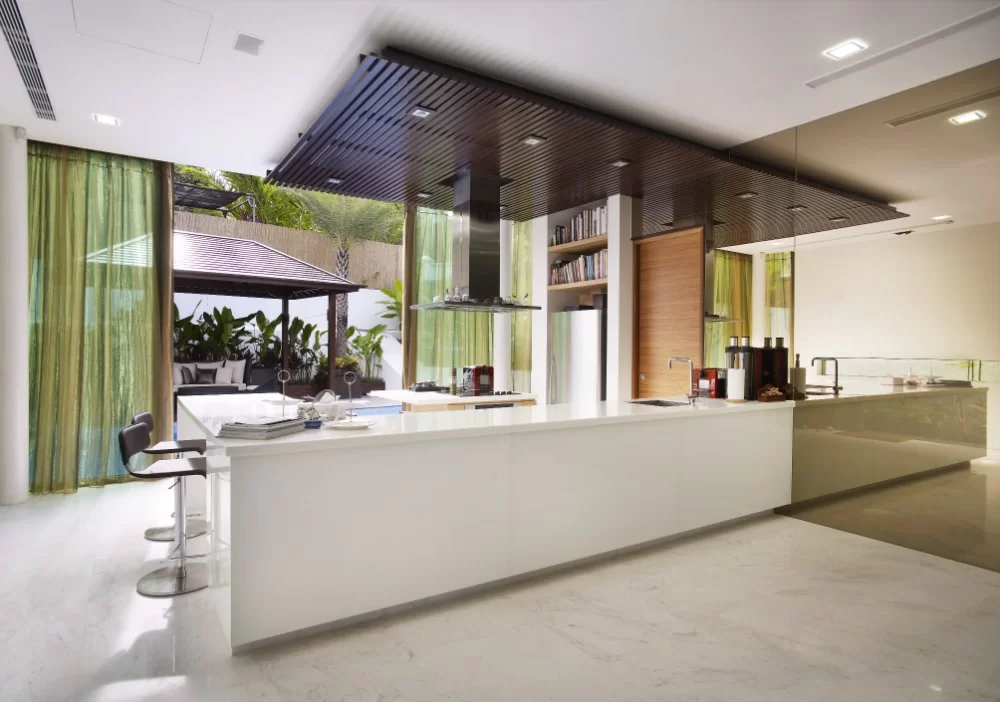
Future-Forward Integration
Improvements in innovative technology will further enhance automated systems that tweak light, water, and airflow to promote sustainability and luxury. Picture-responsive skylights based on circadian principles or vertical gardens embedded with nutrient sensors are just some innovations that will reshape eco-luxury.
Designing for Flexible & Multi-Functional Spaces
Creative land configurations are standard in Singapore, where every square foot plays a constructively visionary role. The beautiful and functional ornamental aspect of open living areas for living, dining, and kitchen spaces facilitates flow and connectivity. Multi-purpose rooms transform a guest bedroom into a home office or playroom, maximising the available space.
Furnishing is important with transformable modular sofas, which can change into single seats and skinny foldable tables that can be stored away when unused. Hidden storage-providing spaces like drawers under the stairs, ottomans with storage, and loft beds with shelves-plus vertical storage like floor-to-ceiling cabinets keep down the actual footprint of the clutter.
Bonus spaces like mezzanines can function as not-so-secret reading corners or cubbyhole workspaces. Attics that follow URA’s 45-degree slope transform into hobby rooms or mini movie theatres. Even roof terraces—as little as 3 meters below the enveloping building—can be splendid areas for lounging in the future.
These layouts are highly flexible and practical, significantly increasing property value and sustainability. They can adapt to a family’s changed needs and new work-life transition combinations, making the area future-proof.
Elevating Holistic Living with Luxury Wellness Spaces
In Singapore’s fast-paced environment, landed properties will redefine luxury by adopting wellness as an essential design element. By 2025, such homeowners will have steadily turned their internal spaces into personal sanctuaries that nurture body and soul by harnessing technology and mingling it with nature-inspired care.
Indoor Sanctuaries: Beyond Basic Comfort
The modern landed home can no longer fall outside wellness realms. Spa-like bathrooms, for instance, already inform the design with intelligent shower systems programmed for voice-activated temperature control, relaxing freestanding soaking tubs, or heated stone floors simulating even the finest resorts.
For fitness addicts, home gyms are probably evolving into complete health centres within houses. Imagine installing a whole HVAC system with HEPA filter technology to fight against Singapore humidity, using mirrored walls in a yoga space, and placing meticulously procured sound systems for the entire exercise experience.
Meditation rooms or private saunas complete that trend with their aspirational earthy tones, natural wood only, and diffused lighting. Basement space is also redefining. Think soundproofed yoga studios or aquariums that act as serene art installations, for instance.
Outdoor Oasis: Nature as Therapy
Laauras beyond the walls, luxury wellness, extends outdoors. Infinity pools with hydrotherapy jets, shaded lounges for alfresco massages, and zen gardens featuring koi ponds facilitate seamless transits between home and nature. For urbanites craving greens, vertical gardens and rooftop terraces provide pocketed privacy apart from being complemented by outdoor kitchens with fresh herb planters to savour mindful dining.
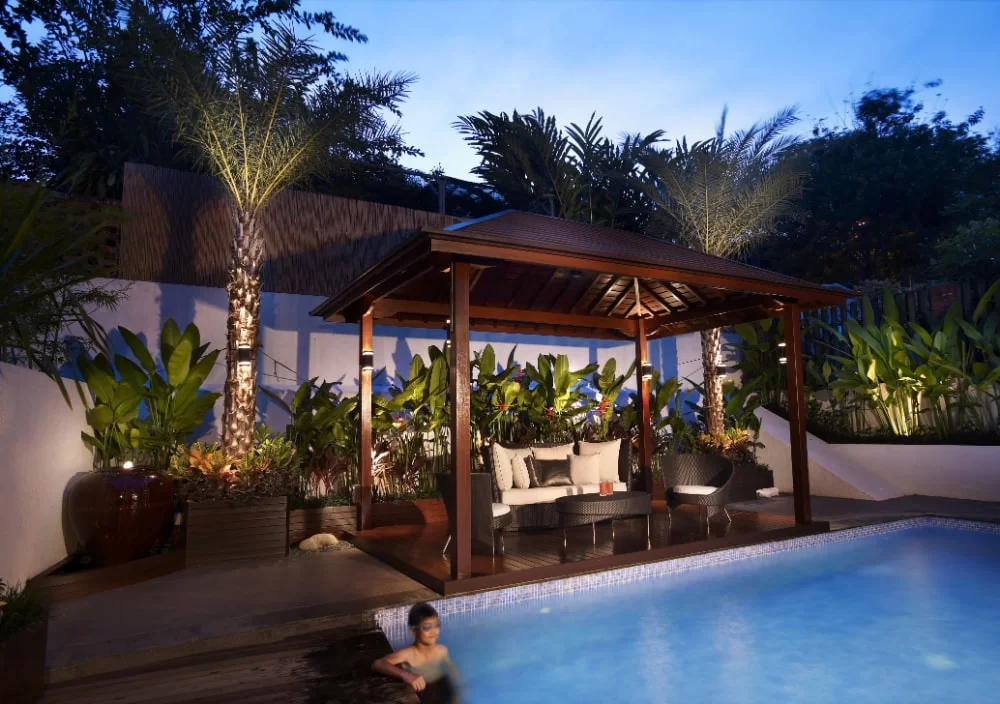
Smart Integration, Sustainable Choices
Wellness in 2025 will be defined as much by sustainability as by indulgence. Eco-conscious choices like energy-efficient saunas, non-toxic building materials, and water features come from rainwater collected in this realm. This tech personalisation—an AI air-quality monitor for gyms or circadian lighting for a meditation room—ensures that the environment conforms to the needs of the people who live there.
A Sound Investment in Well-Being
Apart from offering a fresh daily touch, rejuvenating spaces add value to properties. There are wellness-centric spaces that function like a magnet to health-conscious buyers and make them pay more. Home is a haven, so a sauna or private garden is an indulgence and a wise investment for the future.
Aiming for Sustainable Outdoor Tech Integration
Singapore’s landed property outdoor spaces are now aesthetically pleasant and intelligently complement the home, marrying the latest technologies with ecologically conscious designs. As Smart Nation develops into a reality, homeowners are adopting innovations that embrace technology for security, sustainability, and communal living.
Consider innovative security ecosystems: motion-triggered cameras with AI facial recognition, video doorbells tied onto smart apps, and automated gates controlled by a smartphone app. These systems prevent intruders and harmoniously integrate with multi-zone lighting that adjusts to dusk or occupancy, setting a safe yet inviting ambience.
Sustainability takes centre stage; solar energy from panels integrated with smart inverters charges everything from EVs to outdoor kitchen devices. Weather-responsive tech steals the show: retractable pergolas that pop out during rainstorms; irrigation systems watering gardens based on current soil moisture readings. As far as vertical green walls and rainwater harvesting systems go—adhering to PUB guidelines—few eco-assets are in a limited space.
And we come to the changing hub: community. Drawing from integrated developments, homeowners are inventing these shared spaces featuring innovative pergolas for alfresco movie nights, walking paths activated by sensors, and barbeque pits bookable via smartphone apps. Connecting people also equates to leveraging land—an all-important endeavour for land-scarce Singapore.
Crafting Personalised Design with AR/VR
This blends imagination with engineering before the construction begins. Thus, augmented and virtual realities are essentially changing the design of homes, drawing contours of homes in Singapore’s competitive real estate marketplace.
On an immersive 360-degree walk-through, one can view the property from sunlit courtyards to rooftop terraces via platforms like Matterport or Real360. By superimposing AR, one can quickly swap finishes, furniture, and fixture lighting through styles such as how a Victorian face would appear with minimalist interiors.
Digital tools are also enablers for most developers and designers who want to optimise existing collaboration models.
For example, ePlanner of the Urban Redevelopment Authority includes 3D illustrations of the sites that allow the analysis of sun paths and spatial flow. Clients could use their AI applications to try tailor-made storage solutions or open-planned layouts to avoid costly modifications later. They enhance even empty rooms and turn them into appealingly stylish and cosy areas that will ignite an emotional buyer’s response and entice foreign buyers because they tour with the click of a mouse.
These technologies thus contribute to sustainability by reducing material waste in well-optimised digital prototypes. This trend continues as Singapore continues to march into 2025; the range of capabilities offered by AR/VR technologies extends from mere novelty to requisite components in the architecture of homes that are increasingly becoming personalised, productive, and green.
Final Thoughts
As 2025 approaches, landed properties in Singapore are redefining luxury on sustainability platforms, innovative technology, and wellness-driven design. At Renozone, we bring these dreams to fruition through end-to-end renovations that highlight innovation and sustainable living. Are you ready to future-proof your home? Check out our Smart Home Solutions for landed properties to take inspiration.
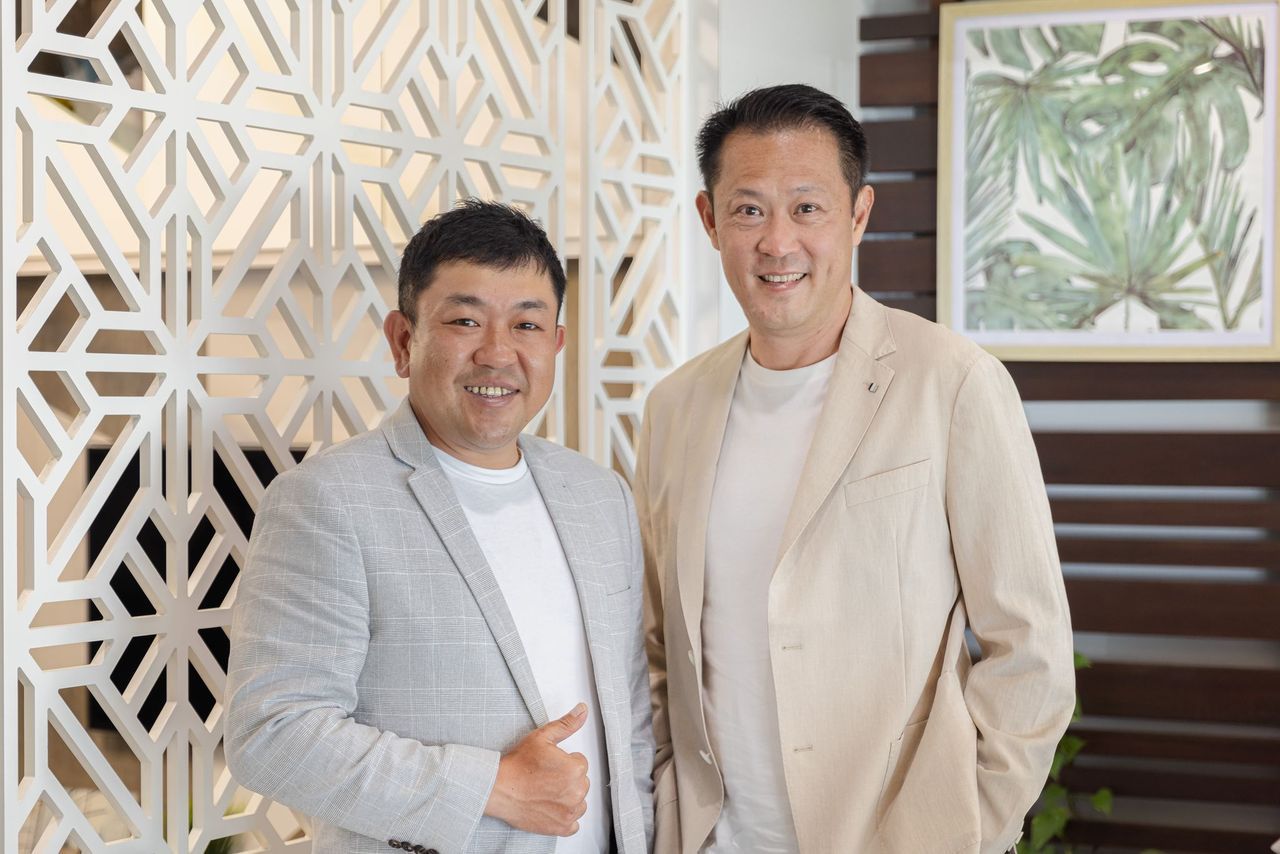
Est. Since 1998
Renozone Interior Design
Renozone Interior Design is one of Singapore's reputable interior design companies since 1998. With our well-tested professional capabilities, client-oriented service, and attention to detail, we ensure our client needs are fulfilled and met beyond their expectations. Our extensive portfolio comprises high-profile projects in both residential (HDB, condo, landed properties) and commercial interior designs.
Services We Provide:
Accreditations
Trusted By Clients


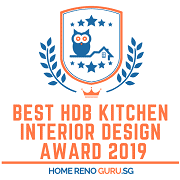

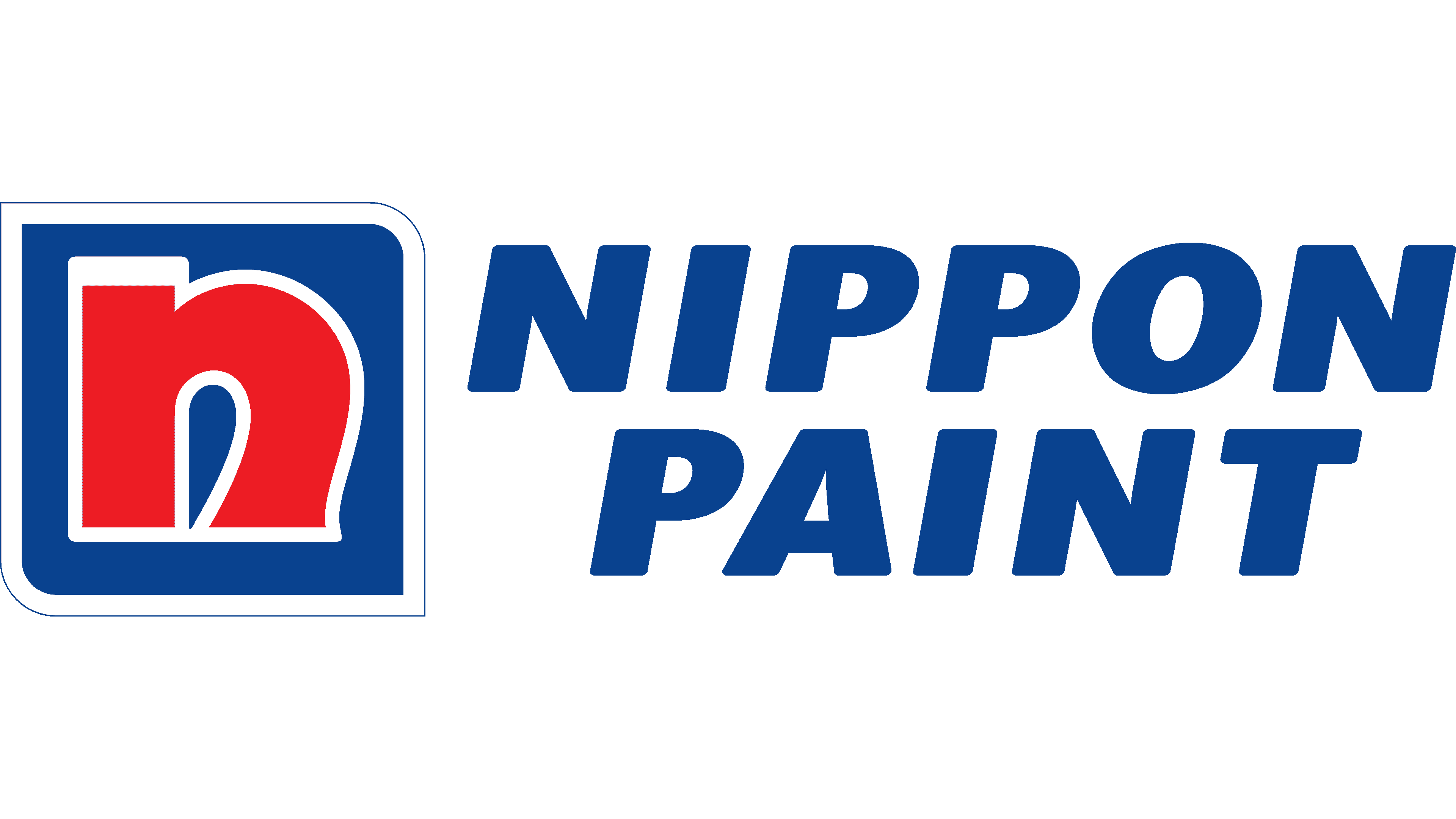
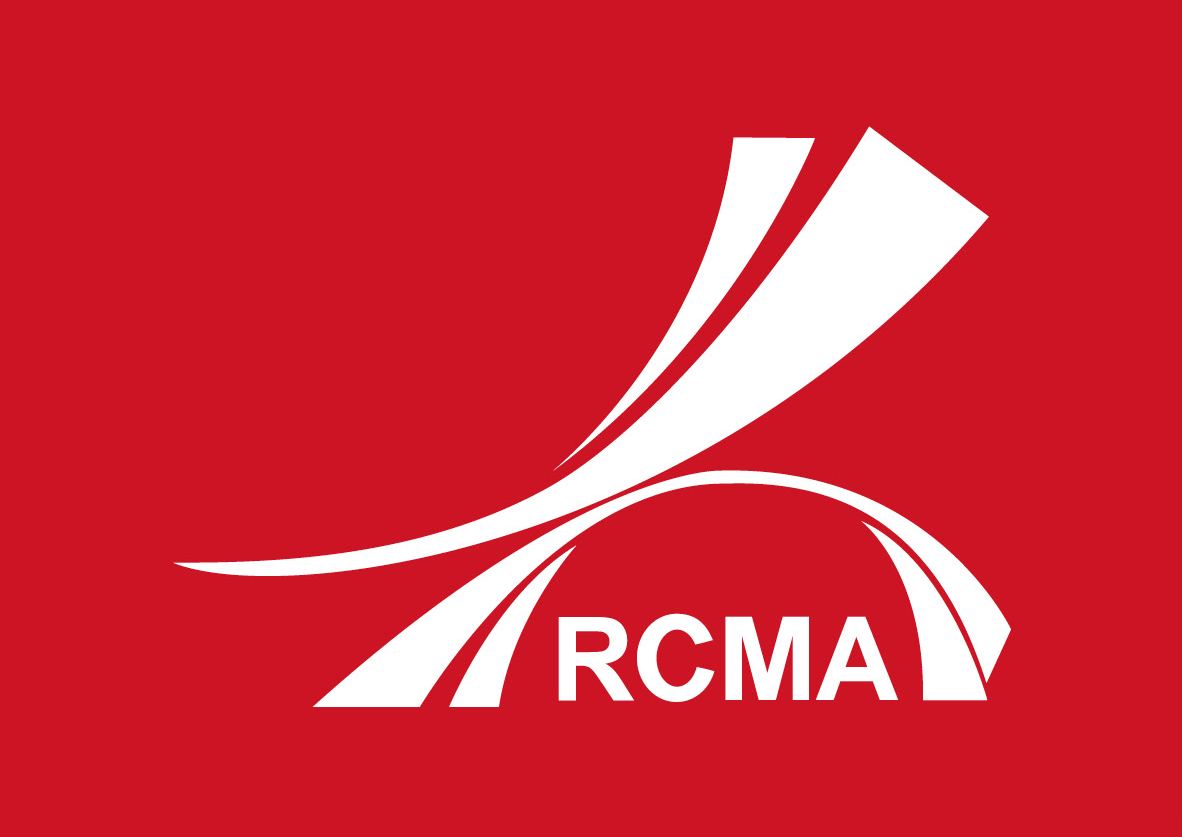
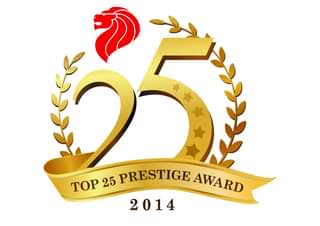
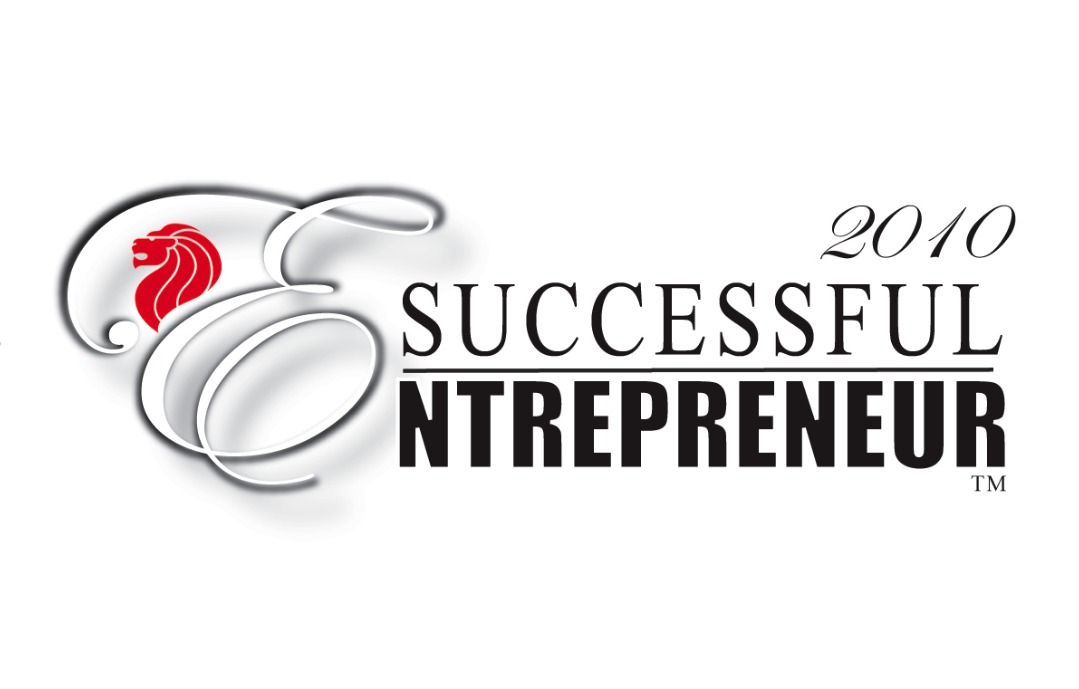
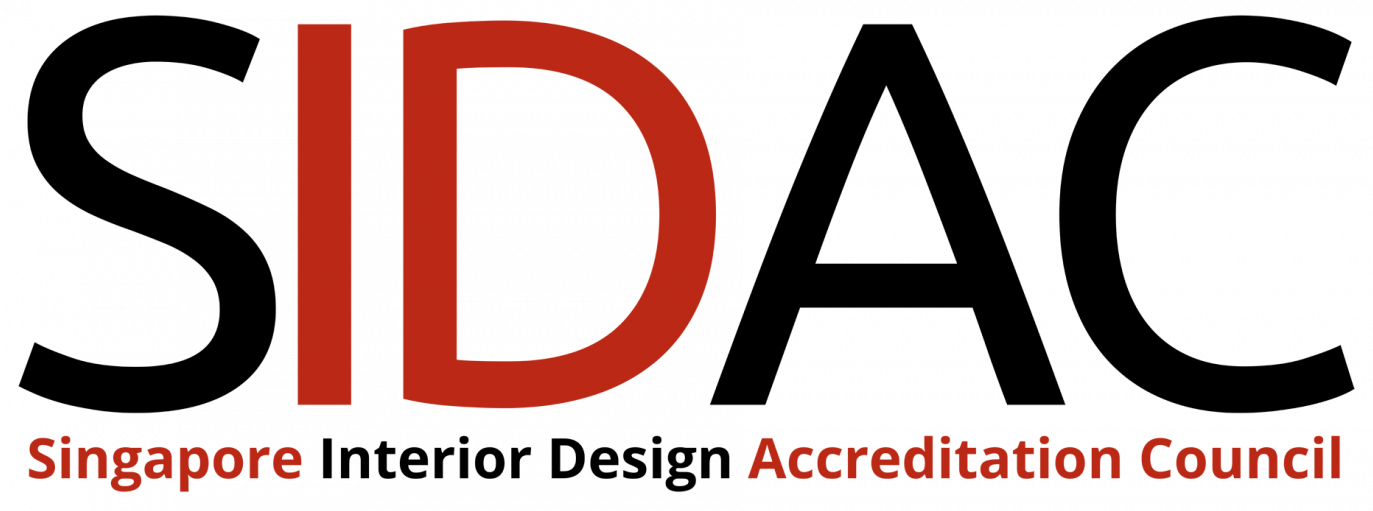
Accreditations
Trusted By Clients

